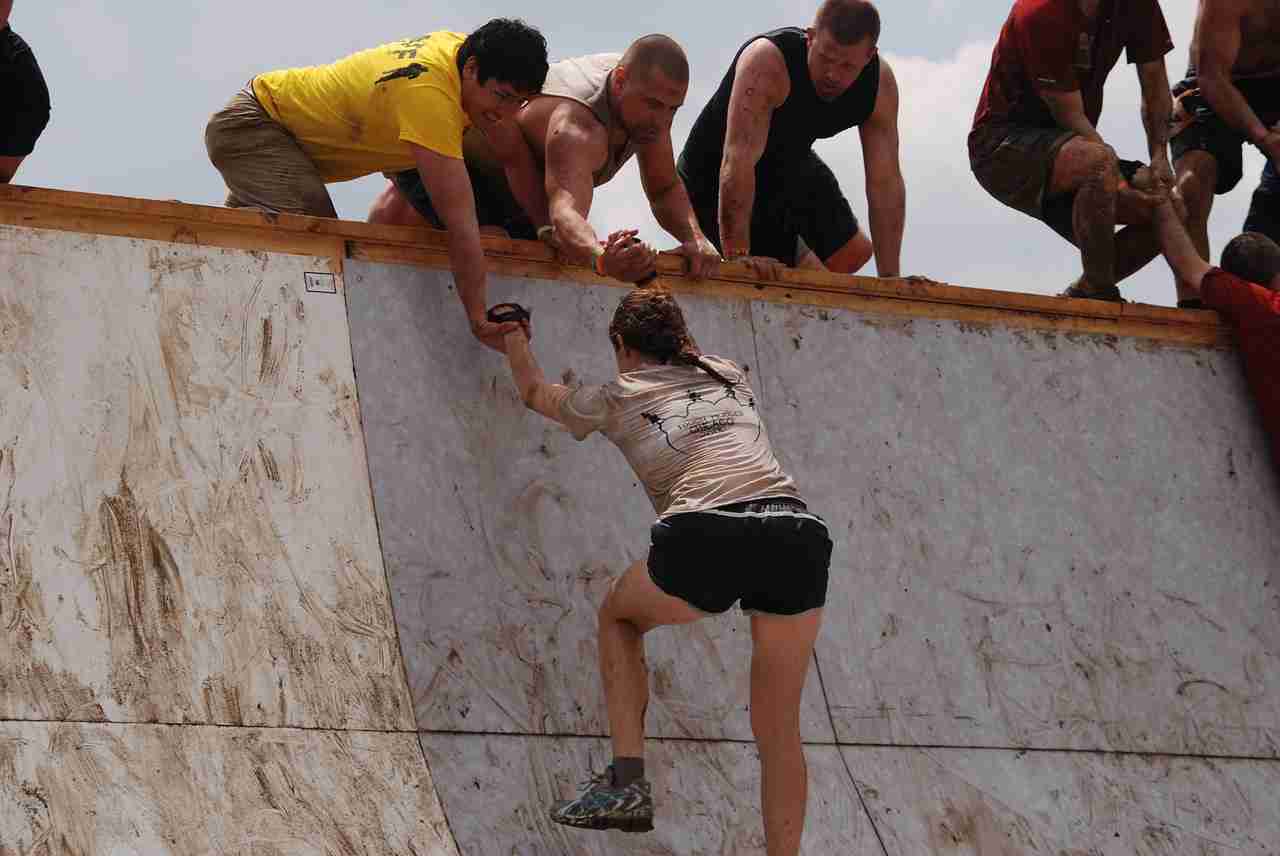The goal of training is to build resilience. Simple.
When the alarm goes off at 5 am and you groggily head off for the gym, you’d be forgiven for pondering why you need this routine.
Training can come in many forms – it might be strength training in the gym, going for a ride or run or lacing up your boots for team training.
Every type of training provides a slightly different physical benefit. Fitness training improves your cardio capacity, resistance training will make you stronger and skills-based training will improve your technique. But there’s one common element in every type of training that gives it a context and a higher purpose.
Resilience
There’s physical resilience, which you get from building muscle and bone strength. It helps you avoid injury and perform better, and the results are obvious as you lift more or run faster.
Mental resilience on the other hand, is much harder to see in yourself. Every time you wake up at 5 am, you’re building mental resilience. Every time you battle through that last set or that last kilometre without quitting, you’re building mental resilience.
The evidence of your improved mental toughness is more subtle. When you push through that last set or last kilometre, you might feel proud at the time but physically you probably feel wrecked. However that mental toughness can be your greatest weapon in training, so you can squeeze out every last drop of improvement available in a session.
Building both physical and mental resilience can create a self-reinforcing cycle. Being mentally strong allows you to push your physical capabilities, which improves your physical capacity and gives you the confidence to take on bigger challenges.
The key to building resilience successfully is to keep yourself continually challenged. Staying in your safety zone and doing tasks that you know you can complete won’t build physical or mental capacity.
“It is a rough road that leads to the heights of greatness”
That 2000 year old Roman quote refers to building resilience by deliberately choosing the tougher path, the one that challenges you the most.
But it’s also alluding to the inconsistent nature of improvement in training. If you push your limits, you’re going to crash into them occasionally. That means failing at a race or event, sustaining an injury or missing a target.
Those temporary setbacks shouldn’t discourage you though, or make you think you’re not up to the challenge. Within every setback is an awesome learning experience. The greatest athletes didn’t have it all their own way, and used the opportunity to build themselves.
Usain Bolt suffered recurrent hamstring injuries and was diagnosed with scoliosis at the age of 17. In his first Olympics, he was a gold medal contender but got eliminated in the first heat. After those setbacks though, the rest is history.
Always build resilience
We’re highlighting the importance of both physical and mental resilience for a number of reasons.
Always keep challenging yourself, because nothing good happens in the comfort zone.
If you push yourself enough, injuries will happen. Don’t be discouraged – use the opportunity to build mental resilience and grow from the experience.
Written by
Pete Colagiuri
Sports Physiotherapist
Pete has over 20 years experience as a Physiotherapist and specialises in running biomechanics and complex injuries. He believes that you must identify and fix the underlying cause of an injury, to recover faster, prevent recurrences and improve performance.


